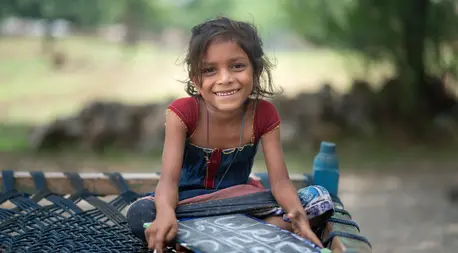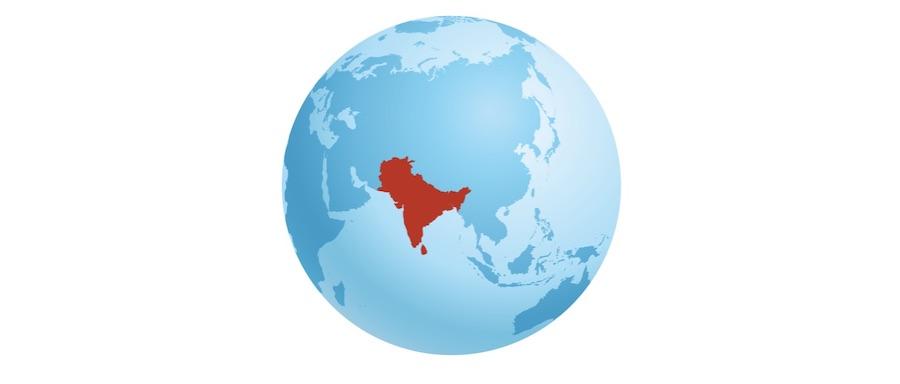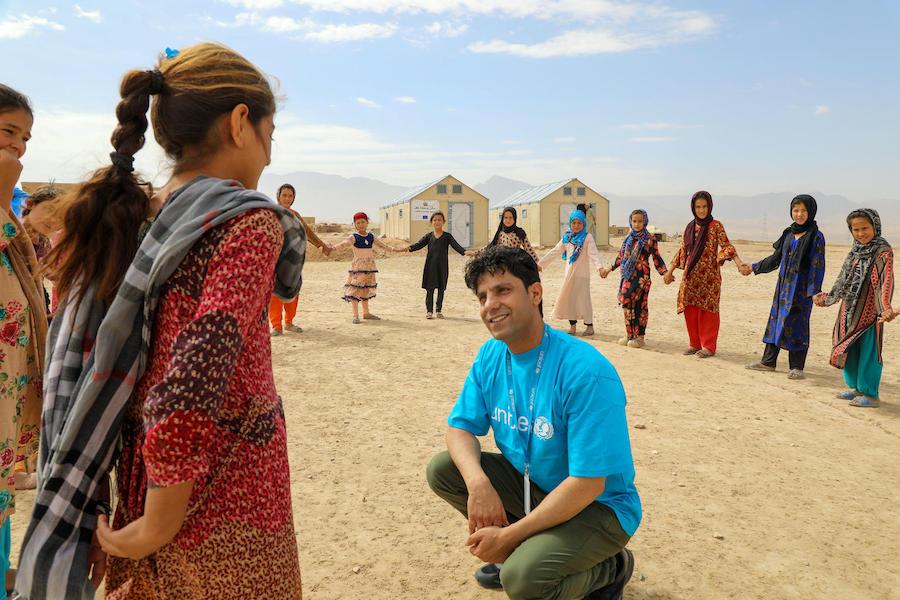
UNICEF in South Asia
UNICEF in South Asia: UNICEF programming reaches vulnerable children and families in Afghanistan, Bangladesh, Bhutan, India, Maldives, Nepal, Pakistan and Sri Lanka.

A region where hundreds of millions of people live in poverty
South Asia is home to the world's biggest slums and some of the most polluted cities in the world, creating significant risks for children. Hundreds of millions of people in the region live in poverty.
Crises like the coronavirus pandemic hit migrant workers and day laborers and other vulnerable populations particularly hard, increasing vulnerabilities. Cyclones and monsoon floods disrupt the lives of tens of millions of people every year.
UNICEF’s work in the region is an integrated, multisector response focused on building resilience and strengthening health and social systems.
UNICEF works with partners to:
establish and scale up disease prevention and control, so that communities can better withstand future outbreaks
advocate for increased investment in cash transfers and other measures that can shield poorer families from the worst impacts of crises like COVID
deliver essential health and nutrition services for women and children in need
promote safe learning environments and safely bring children back to school
protect children through psychosocial support and gender-based violence services

Hashmat Latifi, a UNICEF child protection officer, engages with kids at a Child-Friendly Space at the Ferdousi camp for displaced families in the Nahri Shahi district of Balkh province, northern Afghanistan. UNICEF provides psychosocial support and other services at hundreds of child-friendly spaces that have been set up in communities across four regions of the country, reaching tens of thousands of children. ©UNICEF/UNI367306/Fazel
Learn more about UNICEF's work in South Asia.
Learn more about UNICEF's global Humanitarian Action for Children (HAC) plan for 2022 — and why the $9.4 billion emergency funding appeal to assist 177 million children affected by conflict, the climate crisis and COVID-19 is its largest ever.
Top photo: Bhagwati, 5, studying at home in Dudhiya Dhara, Limkhdea, Gujarat state, India, during COVID lockdown. UNICEF’s global response to the coronavirus pandemic included supporting remote learning to children affected by widespread school closures. ©UNICEF/UNI342592/Panjwani